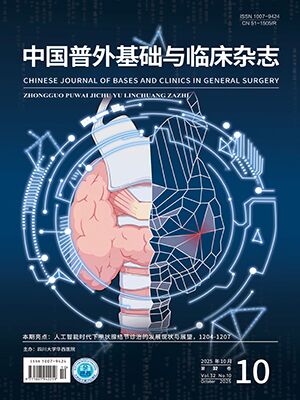Objective To investigate the expression of transcription factor Foxp3 in the orthotopic liver transplantation by using the inbred rats with spontaneous immune tolerance.
Methods The model of orthotopic liver transplantation was established on inbred rats according to double-sleeve technique. The total RNA that was isolated from liver was reversely transcribed into cDNA. The method of real-time fluorescence quantitative PCR (RFQ-PCR) was used to analyze the expression level of Foxp3 mRNA in tolerance group and syngeneic group, respectively. The expression of Scurfin in hepatic tissue was assayed by Western blot and then was analyzed by computer imaging system.
Results The expression levels of Foxp3 mRNA and Scurfin in the transplanted liver were significantly lower than those of normal liver within the first week after transplantation. The level of Foxp3 mRNA began to increase on day 7 and reached the peak point on day 14. The expression level of Foxp3 mRNA began to decrease on day 30 but was still higher than the normal value (P<0.05). The Western blot showed resemble changes on that of Scurfin.
Conclusion Transcription factor Foxp3 may play an important role in the spontaneous immune tolerance in the orthotopic liver transplantation of inbred rat.
Citation: Lv Ling,ZHANG Feng,ZHANG Wei,LU Yousheng. Expression of Transcription Factor Foxp3 in Orthotopic Liver Transplantation Model of Inbred Rats with Spontaneous Immune Tolerance. CHINESE JOURNAL OF BASES AND CLINICS IN GENERAL SURGERY, 2007, 14(2): 138-141. doi: Copy
Copyright © the editorial department of CHINESE JOURNAL OF BASES AND CLINICS IN GENERAL SURGERY of West China Medical Publisher. All rights reserved




